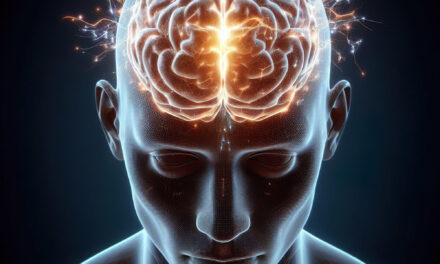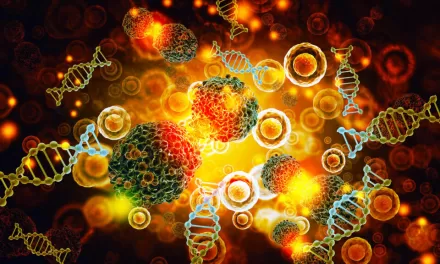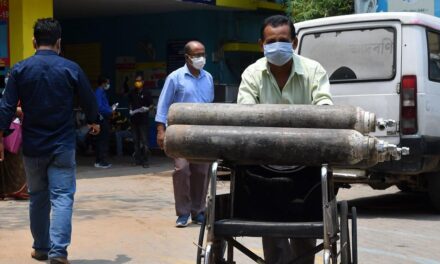Kerala, India – The recent deaths of two young children in Kerala due to a brain-eating amoeba infection have raised concerns among health officials and parents. The infection, caused by the Naegleria fowleri amoeba, is contracted through exposure to contaminated water, particularly in freshwater lakes and rivers. Medical experts are urging the public to exercise caution when swimming in such water bodies.
Fatal Amoebic Encephalitis
Amoebic encephalitis, specifically primary amebic meningoencephalitis (PAM), is a rare but highly fatal infection of the central nervous system. The causative agent, Naegleria fowleri, is commonly referred to as the brain-eating amoeba. It is found in warm freshwater environments and can cause severe brain damage once it enters the nasal cavity.
Recent Tragic Cases
In the past month, the infection has claimed the lives of two young children in Kannur, Kerala. A 13-year-old girl named Dakshina succumbed to the disease a week ago, while a five-year-old girl passed away earlier in May. Additionally, a 12-year-old boy from Kozhikode is currently suspected of having the infection after displaying symptoms consistent with amoebic encephalitis. While two cases emerged shortly after the children swam in a lake, Dakshina’s case reportedly took several months to manifest.
Symptoms and Rapid Progression
Dr. Arjun Srivatsa, Director and Head of the Institute of Neurosciences at Sakra World Hospital, emphasized the rapid progression of the disease. “Amoebic encephalitis typically starts one to nine days after exposure to contaminated water. The infection enters through the nasal cavity and advances rapidly, potentially becoming fatal within days,” he explained. Symptoms include severe headache, fever, nausea, vomiting, stiff neck, confusion, loss of balance, seizures, hallucinations, sensitivity to light, and coma.
Types and Treatment
There are two types of amebic encephalitis: primary meningoencephalitis (PAM) and granulomatous amebic encephalitis (GAE). PAM’s initial symptoms are often indistinguishable from bacterial meningitis, while GAE can mimic brain abscesses, encephalitis, or meningitis. Despite antimicrobial therapy being the main treatment, the mortality rate remains alarmingly high, above 90%.
Expert Advice and Precautions
Dr. John Paul, a consultant in tropical medicine and infectious disease at SPARSH Hospital, Bengaluru, advised parents to take precautions before allowing children to enter any waterbody. “PAM affects the central nervous system rapidly, and the mortality rate is 90%. This usually occurs in healthy children and young adults exposed to waterbodies containing the Naegleria fowleri amoeba,” he stated. He further explained that symptoms progress to severe neurological impairments if not detected early.
Recommendations for the Public
To minimize the risk of contracting amoebic encephalitis, experts recommend avoiding swimming, diving, or submerging in potentially contaminated water, especially for immunocompromised individuals. Dr. Arjun Srivatsa suggested that using nasal clips while swimming can provide some protection against the amoeba entering through the nasal passages.
As the state mourns the loss of these young lives, medical professionals continue to stress the importance of awareness and preventive measures to combat this rare but deadly infection.












